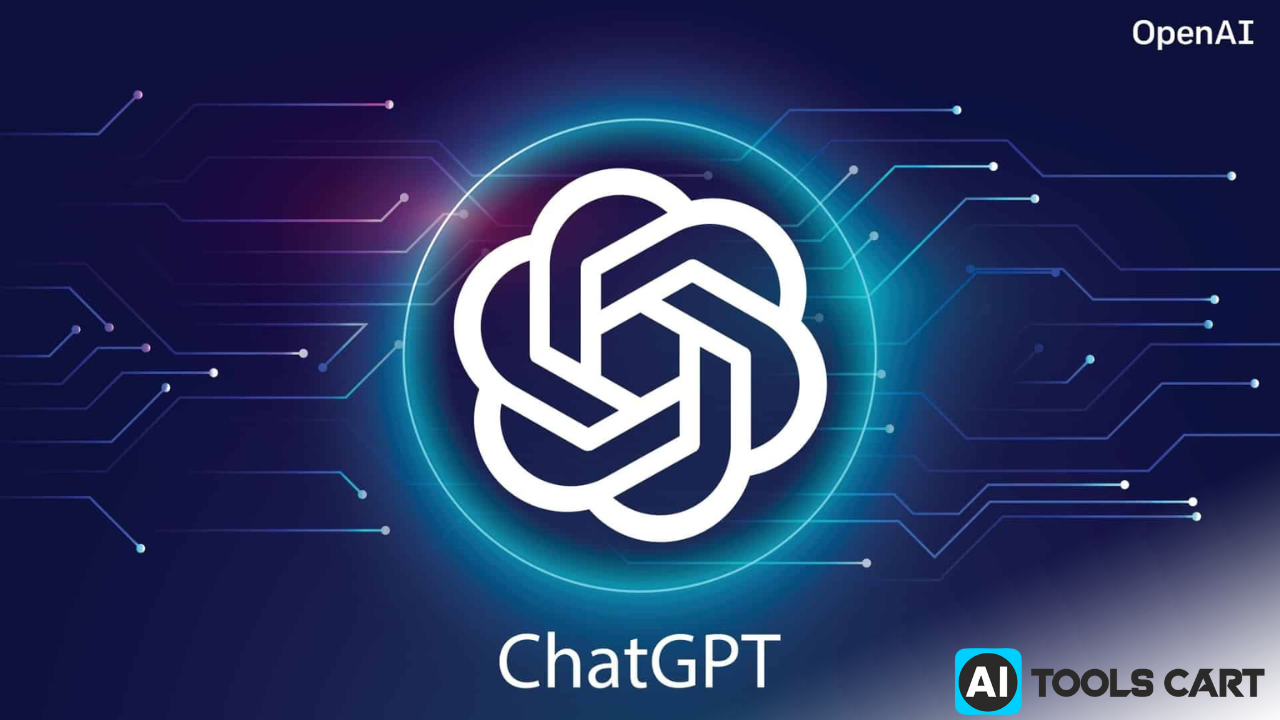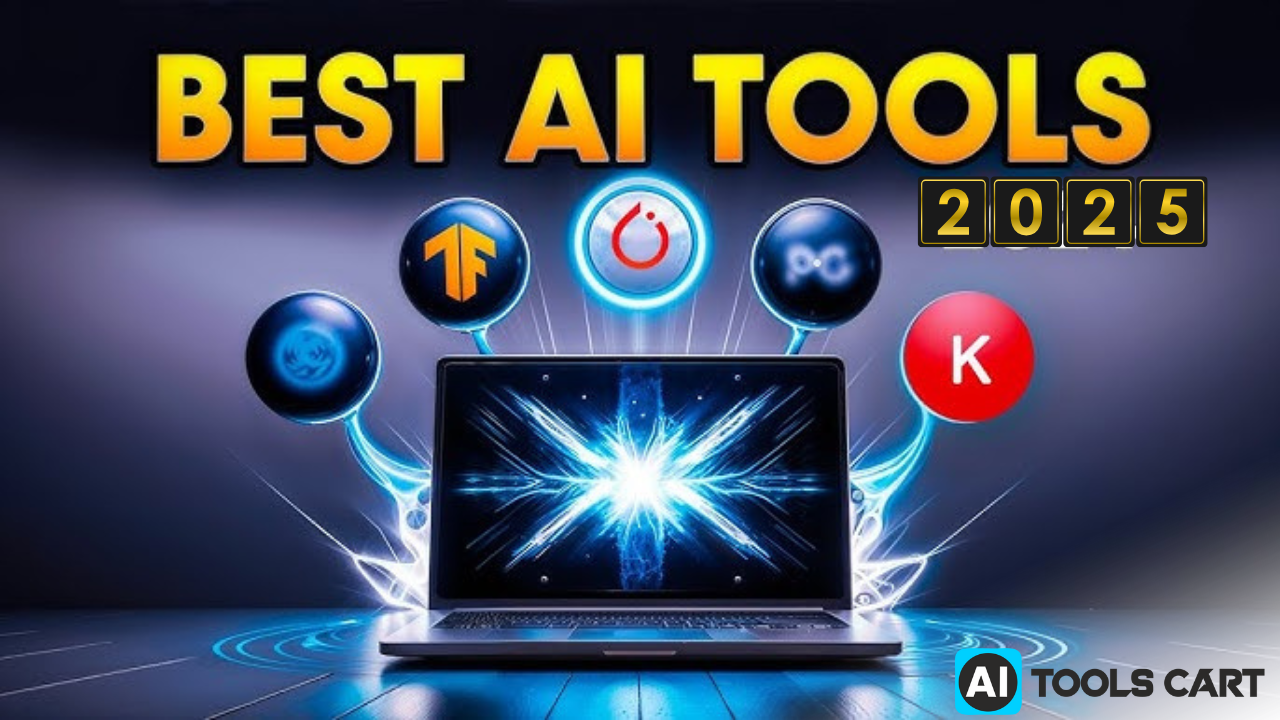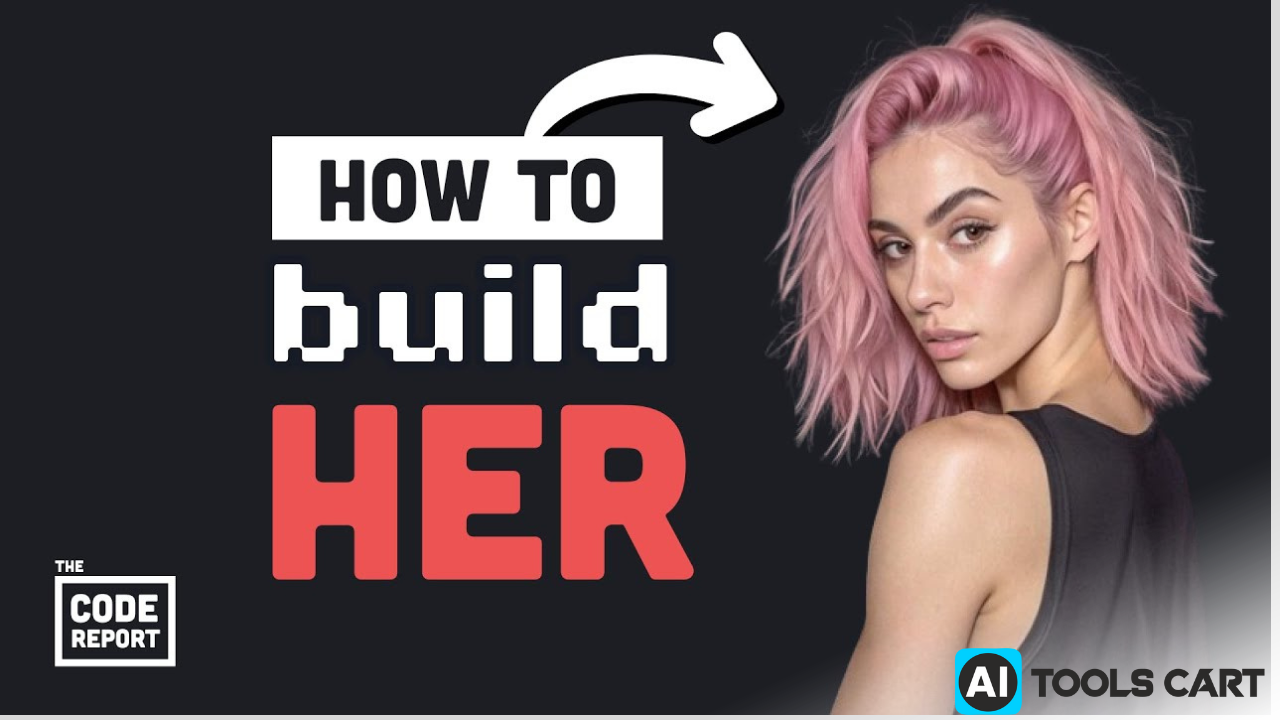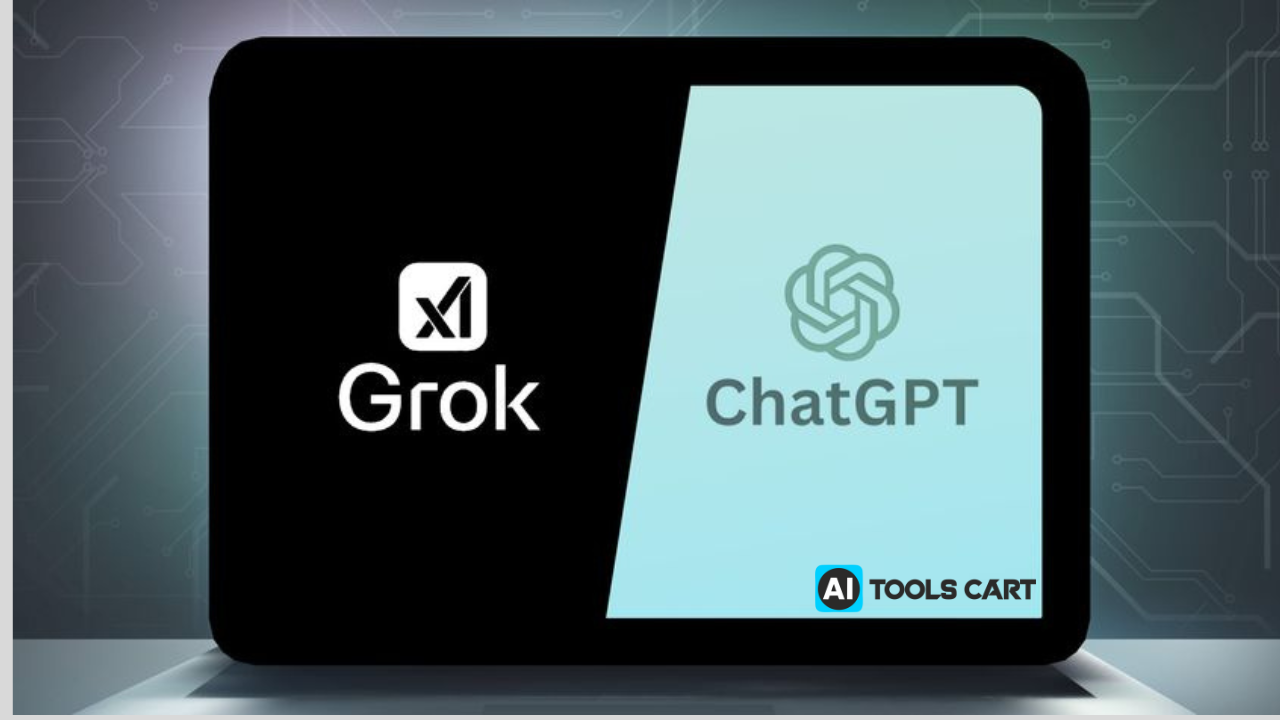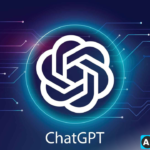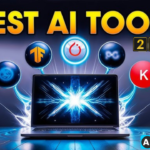How Does ChatGPT Work and Give Accurate Answers?
How Does ChatGPT Work and Give Accurate Answers? Imagine asking chatgpt – “Explain how rockets work,” and it breaks it down like you’re chatting with a cool science teacher. How does ChatGPT pull this off? How does it seem to get you and give such spot-on answers? In this blog, I’ll spill the beans on how ChatGPT works, how it was trained, and what’s happening behind the scenes when you hit “send” on your prompt. Plus, I’ll share some nerdy tech details in simple words and throw in a few stories to keep it fun. Let’s dive into the magic of ChatGPT! What’s ChatGPT All About? ChatGPT, built by OpenAI, is like a super-smart chatbot that can talk about almost anything. It’s based on something called the GPT architecture—short for Generative Pre-trained Transformer. Don’t let the big words scare you! It just means ChatGPT was trained on a huge pile of text (like books, websites, and even random internet posts) to understand how humans talk and write. Unlike Google, which searches for web pages, ChatGPT creates answers from scratch, like a friend brainstorming with you. The first time I used ChatGPT, I was hooked. I asked it to write a rap about my morning routine, and it dropped rhymes about my alarm clock and cereal like it knew me! I thought, “How does this thing know so much?” So, I started digging, and here’s what I learned about how ChatGPT works and why it’s so good. How Was ChatGPT Trained? The School Days of AI Think of ChatGPT’s training like it went to a giant library and read everything—billions of words from novels, Wikipedia, blogs, and more. This is called pre-training, and it’s how ChatGPT learned the rules of language, like how to form sentences or what “lol” means in a text. It didn’t have a teacher saying, “This is right, this is wrong.” Instead, it figured things out on its own, like a kid learning to talk by listening to grown-ups. Here’s how the training went down: Unsupervised Learning: ChatGPT was fed a massive dataset—around 45 terabytes of text for GPT-3, one of its earlier versions. That’s like millions of books! It read through it all, spotting patterns like which words often go together or how questions are answered. This is why it can handle crazy questions, like “What would a dinosaur say at a job interview?” – Read more on Unsupervised Learning Supervised Learning: For some parts, humans gave ChatGPT examples, like customer service chats. For instance, if someone asked, “How do I fix my Wi-Fi?” the right answer was labeled as, “Restart your router.” This helped it learn specific Q&A pairs. – Read more on Supervised Learning Reinforcement Learning from Human Feedback (RLHF): After the big training, humans fine-tuned ChatGPT by ranking its answers. If it gave two responses to “What’s a black hole?”—one confusing and one clear—the humans picked the clear one. This made ChatGPT’s answers safer, friendlier, and more accurate. – Read more on Reinforcement Learning I once asked ChatGPT to explain gravity like I was five, and it said, “Gravity is like an invisible hug from the Earth, keeping you from floating away!” That’s RLHF at work—making answers clear and fun. The latest model, GPT-4o, was trained on even more data, including images and audio, so it’s even smarter. How Does ChatGPT Handle Your Prompts? When you type a question, ChatGPT doesn’t just read it like a human—it breaks it into tiny pieces called tokens. Let’s unpack how it deals with your prompt behind the scenes. Step 1: Turning Your Words into Tokens A token is like a bite-sized chunk of text, usually about four characters long. For example, “ChatGPT” might be one token, and “amazing” might be two. GPT-3 was trained on about 500 billion tokens, so it’s got a lot of practice. When I typed, “Write a poem about my dog,” ChatGPT split it into tokens like “write,” “poem,” “about,” “my,” and “dog.” These tokens are turned into numbers because computers love numbers, not words. Each token gets a unique ID, and ChatGPT uses these IDs to analyze your prompt. Step 2: The Transformer Brain Kicks In Here’s where the transformer comes in—the tech that makes ChatGPT so clever. Transformers are like the AI’s brain, figuring out how tokens relate to each other. For example, in “The dog chased the cat,” the transformer knows “dog” is doing the chasing and “cat” is the one running. It also gets context, like whether “chased” is playful or serious. Transformers use something called attention mechanisms. This means they focus on the most important parts of your prompt. If you say, “I love pizza, but I’m gluten-free,” ChatGPT pays attention to “gluten-free” and suggests recipes without wheat. It’s like how you tune out background noise to hear your friend at a noisy café. Step 3: Generating the Answer Once ChatGPT understands your prompt, it predicts the next tokens to form an answer. It’s like playing a super-smart “finish the sentence” game. For example, if you ask, “What’s the capital of Brazil?” it starts with tokens like “The,” “capital,” “of,” “Brazil,” “is,” and lands on “Brasília.” It keeps going, building a full sentence based on what it learned during training. This process happens in a neural network with billions of parameters—think of them as tiny knobs that adjust how ChatGPT thinks. GPT-3 has 175 billion parameters, and GPT-4o likely has even more. These parameters help it weigh different possibilities and pick the best response. Step 4: Dialogue Management for Smooth Chats ChatGPT doesn’t just answer one question and stop—it can keep the conversation going. This is called dialogue management. It remembers what you said earlier (up to a point) and uses that to make answers more relevant. For example, when I asked, “Write a story about a dragon,” and then said, “Make it funny,” ChatGPT added goofy details to the same dragon story, not a new one. This makes chatting with it feel natural, like talking

